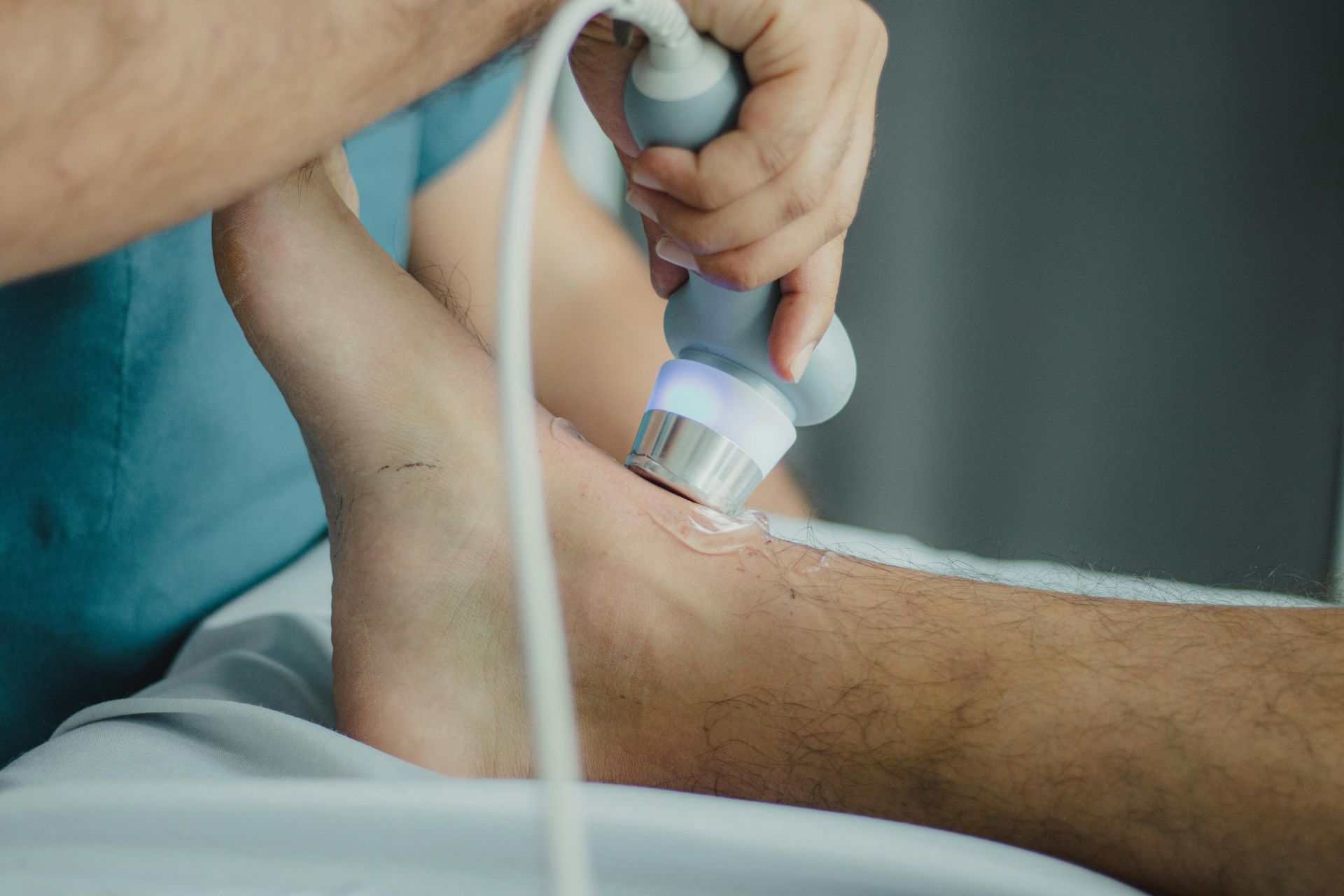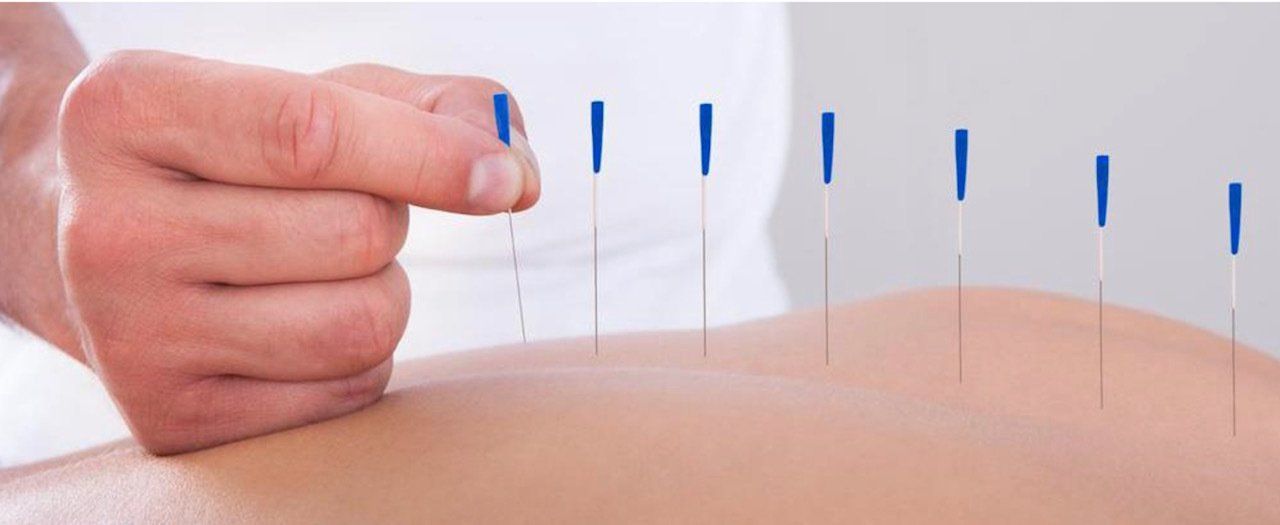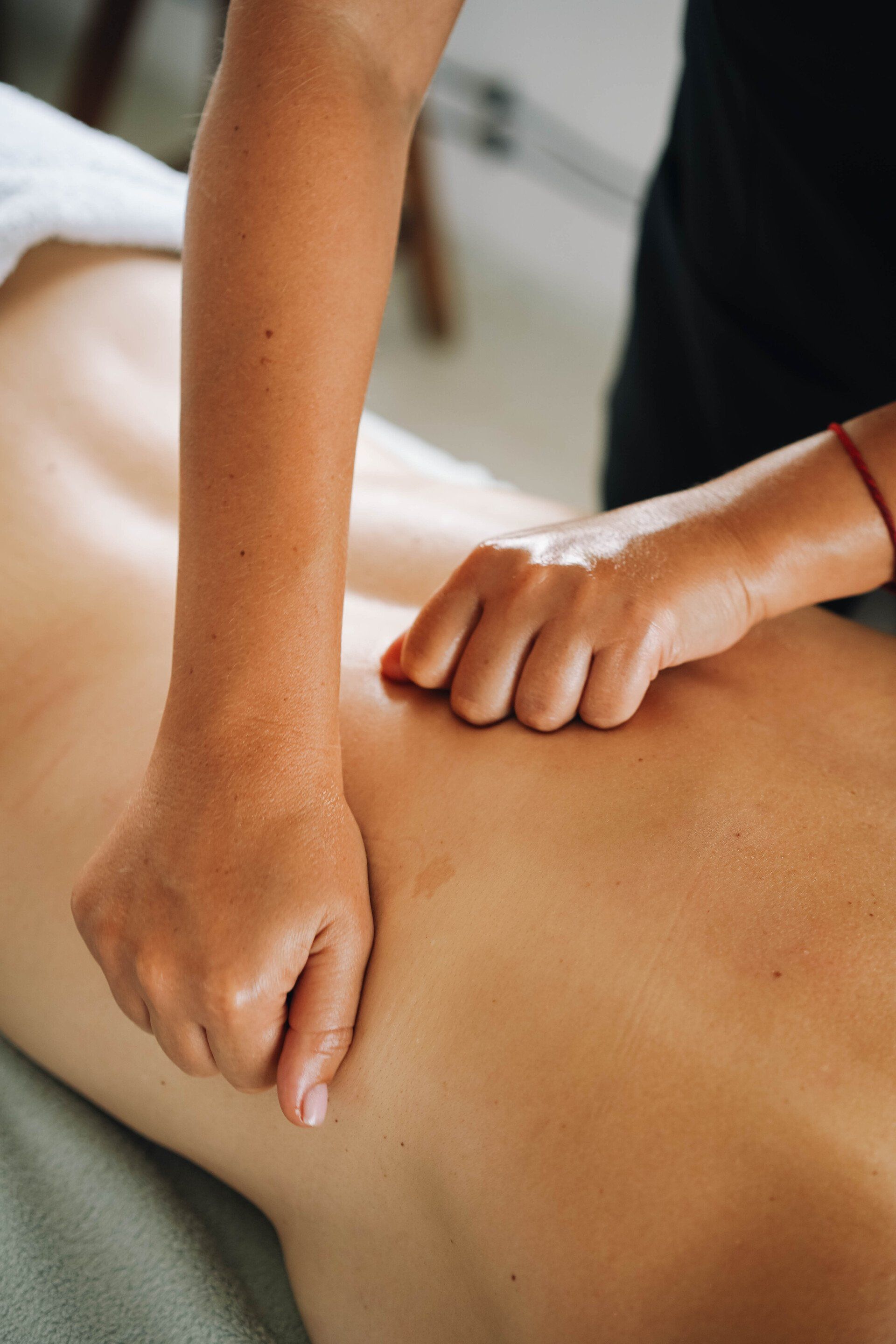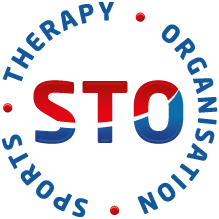K-Taping
Kinesio-Tape, K-Taping - What is it ?
What Is Kinesio Taping and How Can It Help with Injuries?
If you've ever seen athletes with colorful strips of tape on their shoulders, knees, or backs, you've witnessed Kinesio Taping in action. But this isn’t just for show—Kinesio Tape (also known as K-Tape) is a therapeutic tool used to support muscles and joints without restricting movement. Here's what you should know about this innovative technique and how it can help with injury recovery.
What Is Kinesio Taping?
Kinesio Taping was developed by Dr. Kenzo Kase, a Japanese chiropractor, in the 1970s. Unlike traditional athletic tape that restricts movement to stabilize joints, Kinesio Tape is flexible and mimics the elasticity of human skin. It lifts the skin slightly, creating space between the skin and the underlying tissues.
This seemingly simple action has several benefits:
- Improves blood and lymphatic circulation
- Reduces pain and inflammation
- Enhances proprioception (your body’s awareness of movement and position)
- Supports injured muscles and joints while maintaining a full range of motion
How Does Kinesio Taping Help with Injuries?
Kinesio Taping can be used for a wide variety of injuries and conditions, especially in sports and rehabilitation settings.
Here's how it can assist the healing process:
1. Reduces Swelling and Inflammation
The lifting effect created by the tape helps improve lymphatic drainage, which can reduce swelling and inflammation after an injury. This is especially helpful for conditions like sprains, strains, and bruising.
2. Alleviates Pain
By decreasing pressure on pain receptors under the skin, Kinesio Tape can help relieve pain in the injured area. It's often used for back pain, shoulder pain, and even chronic conditions like tendonitis.
3. Supports Weak or Injured Muscles
Kinesio Tape can help support muscles that have been weakened by injury or overuse. It provides stability while still allowing movement, which is essential for active recovery and rehabilitation.
4. Improves Muscle Activation and Performance
Some athletes use Kinesio Tape not just for recovery but also for enhancing performance. By stimulating sensory feedback, it can help activate specific muscle groups, improving body awareness and coordination.
5. Promotes Better Posture and Alignment
Taping can guide your body into better alignment, which is especially useful in cases of joint instability or poor posture that contributes to injury.
What can you use it on?
Kinesio Taping is commonly used to treat:
- Muscle strains (e.g., hamstring or quad strains)
- Joint sprains (e.g., ankle or wrist sprains)
- Tendonitis (e.g., tennis elbow, Achilles tendonitis)
- Plantar fasciitis
- IT band syndrome
- Post-surgical swelling
- Back or neck pain
It’s best applied by a trained healthcare professional such as a physiotherapist, chiropractor, or sports medicine provider. They’ll assess your condition and determine the proper taping technique and placement.
Is It Right for You?
Kinesio Taping is a safe and non-invasive treatment option that can be an effective part of a broader injury recovery or performance plan. While it’s not a cure-all, it can provide noticeable relief and support when combined with physical therapy, proper exercise, and rest.
Final Thoughts
Kinesio Taping is more than just a trend—it’s a scientifically-informed method for supporting the body’s natural healing process. Whether you’re an athlete recovering from a strain or someone seeking relief from chronic pain, this tape might just be the extra layer of support you need.





